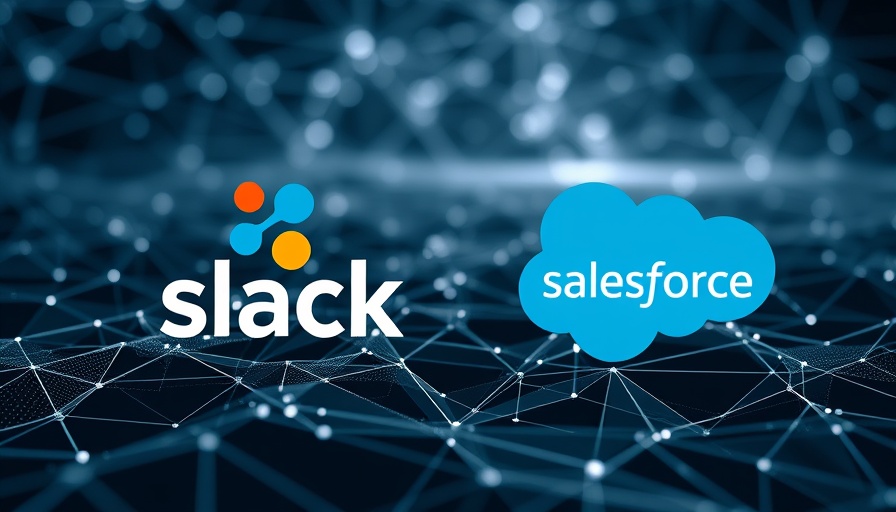
Transforming Slack into an AI Hub
In a groundbreaking move announced at Dreamforce 2025, Slack has reshaped its AI assistant, transforming Slack into an integrated workplace hub contributing to enterprise productivity. With the new Agent360 integration, Slack has transitioned from merely a communication tool to a fully operational AI platform designed to streamline workflows and foster collaboration among teams.
The Smart Assistant Revolution
Slack has evolved its Slackbot from a simple chatbot into a robust AI assistant capable of handling a plethora of tasks. This includes executing sophisticated commands and delivering real-time responses based on user queries by harnessing data from workspace files and conversations. This overhaul enhances user productivity by creating a centralized place where humans and AI can work together seamlessly.
Simplifying Complex Workflows
One of the most fascinating features of the updated Slackbot is its ability to provide answers in a conversational manner while accessing diverse data sources like Salesforce tools, Microsoft OneDrive, and Google Drive. Employees can receive instant support on internal policies or operational inquiries, dramatically trimming down the time spent searching for information. This real-time capability empowers employees to do their jobs more effectively and with less interruption, an essential quality in today's fast-paced work environments.
Unlocking the Power of Collaborative AI
As outlined by Denise Dresser, CEO of Slack, this integration is significant for every enterprise wrestling with how to maximize the effectiveness of its agents. "Every company is asking where their agents will live, how they’ll get context, and how to make them useful. Slack is the answer,” she remarked. The capabilities of the newly minted Slackbot allow employees to collaborate in real-time with AI by triggering actions, extracting insights, and facilitating the automation of workflows across departments.
A Competitive Edge in the AI Landscape
Salesforce's ambitious shift towards an AI-centric work environment is a deliberate response to competitors like Microsoft and Google in the race for enterprise productivity. The Agent360 integration effectively positions Slack as the connective layer for all AI-driven work, shifting the paradigm of workplace operations. Businesses leveraging this technology can expect significant enhancements in productivity and efficiency, as AI tools are better positioned to assist during tasks traditionally handled by humans.
What Lies Ahead for Slack's AI Integration?
Currently piloting these new features with select enterprise customers, Slack plans to make these capabilities widely available by January 2026. The rollout will see enhancements like summarizing threads, generating recaps of meetings, and highlighting key action items—all vital functions for maintaining productivity in today's remote working environment.
Conclusion: Embracing the Future of Work
The integration of AI functionalities into communication platforms like Slack is just the beginning. As Salesforce continues to leverage AI for operational efficiency, companies looking to stay ahead in a competitive landscape must embrace these innovations. The potential global impact of this technology is staggering, with estimates suggesting that generative AI could unlock trillions in economic value.
For organizations yet to integrate AI into their workflows, observing the results from Slack’s ongoing transformation can provide critical insights. With the promise of working smarter—not harder—now is the time for enterprises to rethink their operational strategies and capitalize on the capabilities AI and platforms like Slack offer.
 Add Row
Add Row  Add
Add 




Write A Comment